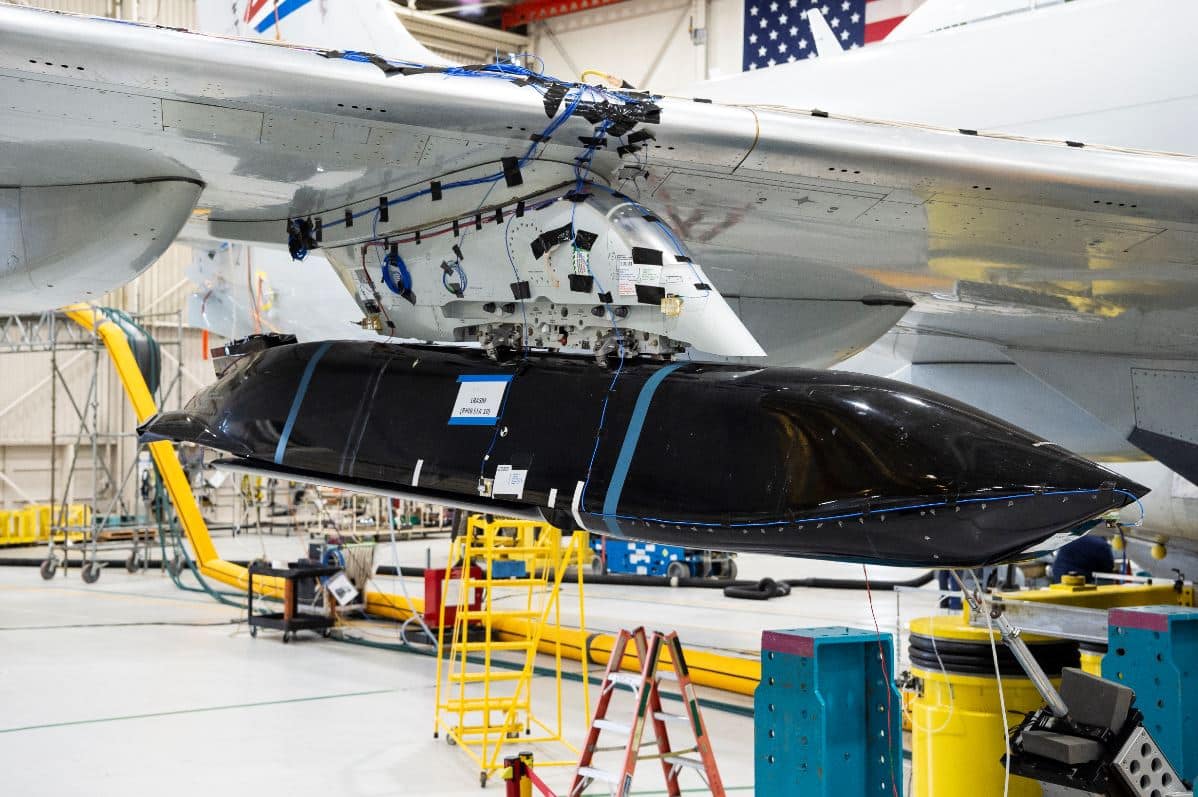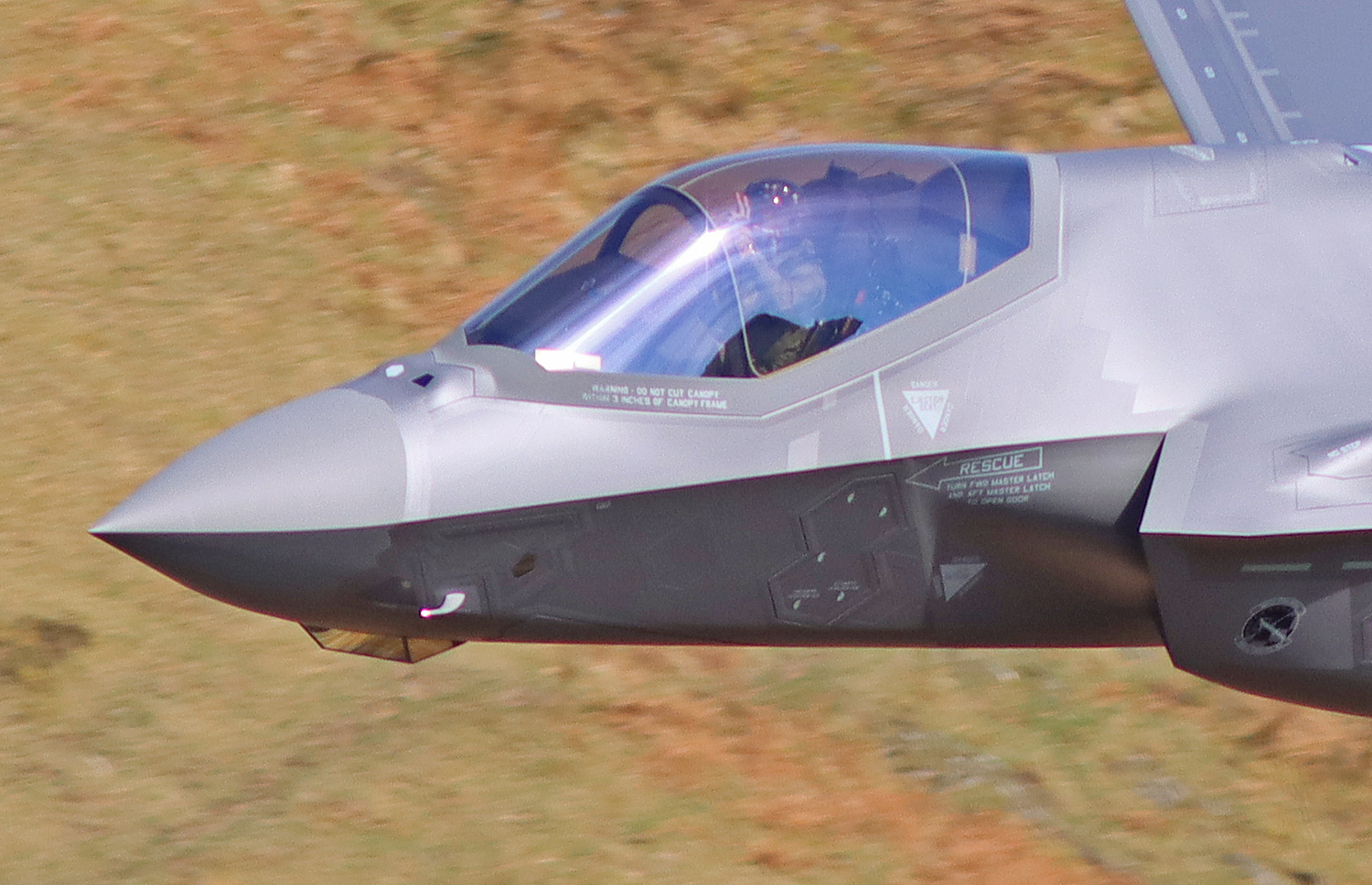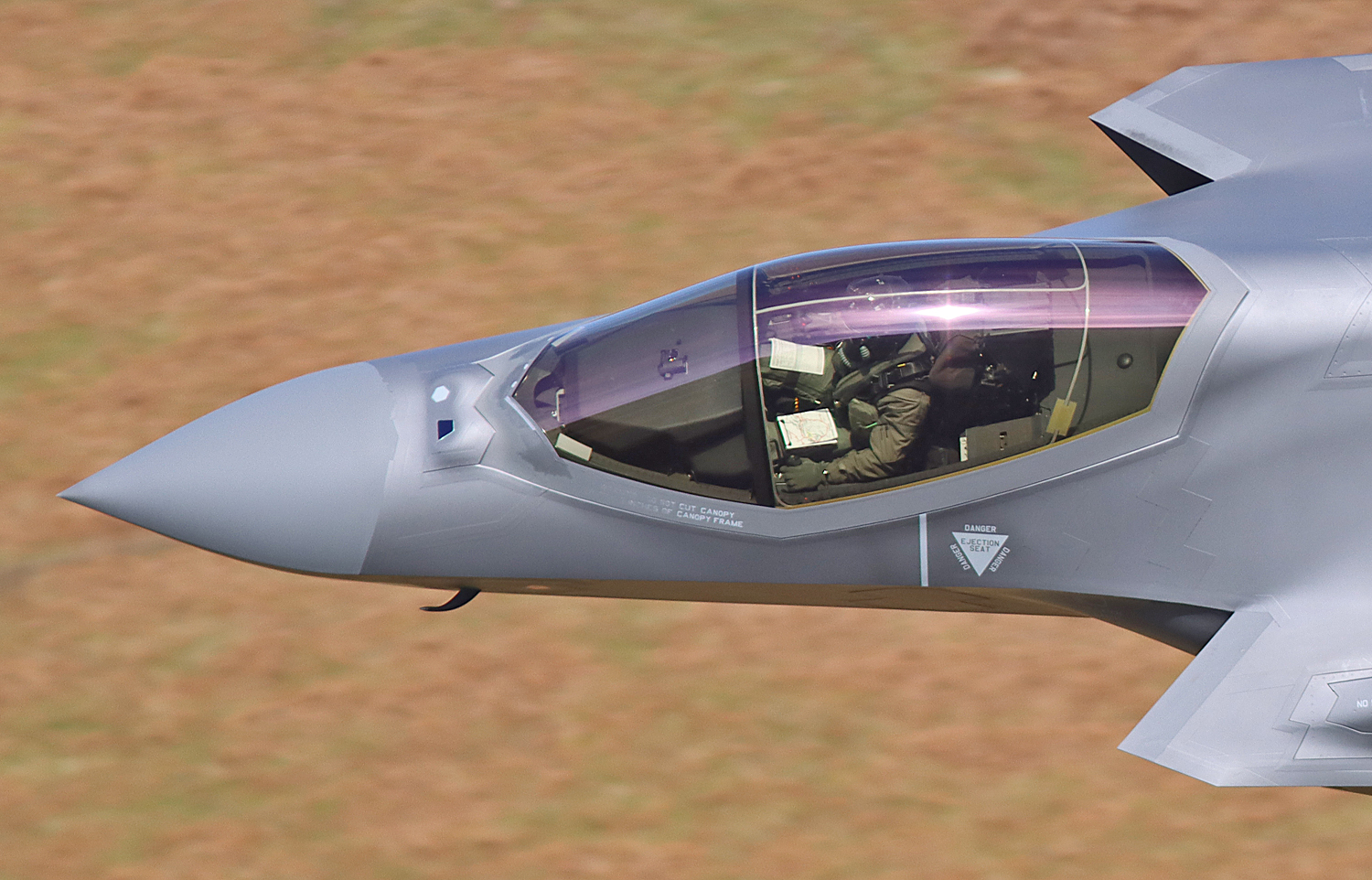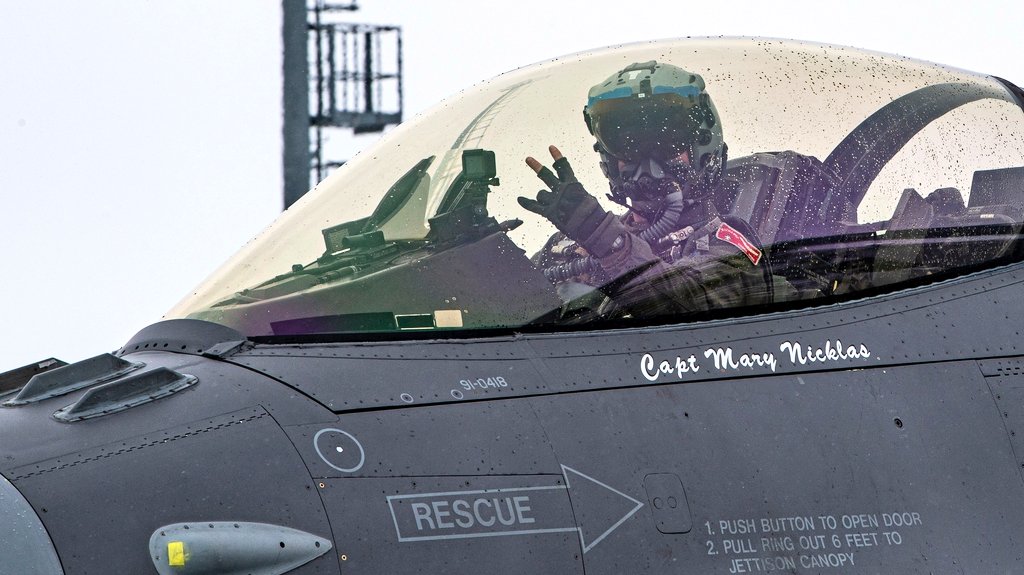https://twitter.com/USNavy/status/16360 ... 44115?s=20 ---> We have ships.
Reply to the above tweet from the US Naval Institute
https://twitter.com/NavalInstitute/stat ... 52001?s=20 ---> You need more.
astal wrote:Here is a detailed article describing the E7A Wedgetail. Though it has been around for a while and is operated by Turkey, Australia, UK and S.Korea, the US is yet to get its version which would be the state of the art.
https://www.thedrive.com/the-war-zone/t ... capable-of
Some highlights:
1. They are moving from a mechanically scanned array in a disk to what they call a MESA (Multi Scanned Electronic Array) in an elongated array similar to NETRA.
2. E7 series is smaller than E3 AWACS with less crew and much more capability (from 60 years of technology improvement)
3. There are some details on how the aircraft is converted from a Boeing 737-700 and it takes more than 2 years to modify the plane after manufacture.
4. First one to be delivered in FY 2027
WASHINGTON — U.S. Air Force Secretary Frank Kendall is having second thoughts about the Pentagon’s decision to upgrade the F-35 fighter jet’s current engines instead of developing a next-generation replacement.
In a discussion at the McAleese & Associates conference in Washington, Kendall said the decision to upgrade the fighters’ current Pratt & Whitney-made F135 engines instead of developing a new adaptive engine “was the right decision, given the constraints that we have, but [a choice] that I worry about a little bit.”
“If we had the opportunity to reconsider that, I think that would be something I’d like to have another shot at,” Kendall said. “Right now, it’s unaffordable. The only service that wants the new technology is the Air Force right now, and we can’t afford it by ourselves.”
The F-35 is scheduled to receive a series of significant upgrades in the coming years known as the block 4 modernization effort, which will include the ability to carry more weapons, better recognize targets and conduct advanced electronic warfare. But to handle those upgrades — which F-35 manufacturer Lockheed Martin said will introduce about 518 capabilities — the military says the fighter will need much greater power and cooling abilities.
Since 2016, the Air Force has allocated nearly $2.7 billion for the Adaptive Engine Transition Program, which sought to fund research, development, prototyping and testing of a new kind of engine intended to provide greater thrust, power and cooling abilities. The adaptive engine model uses three streams of air for greater cooling, and has an adaptive cycle that would allow it to switch to the most efficient configuration for any given situation.
General Electric Aviation and Pratt & Whitney each developed adaptive engines as part of AETP — the XA100 and XA101, respectively. But while GE pitched its XA100 as a replacement for the F-35, Pratt said an upgrade of the current engines — which it calls the Engine Core Upgrade — would be a more cost-efficient option that would work on all F-35s.
Ultimately, the Air Force announced in its budget briefings March 10 and 13 that the military would not transition AETP to a program of record, and would instead go with the F135 upgrade.
The potential cost of an adaptive engine, which Kendall last year pegged at more than $6 billion, proved a major sticking point. So did doubts over whether it could be made to fit in the Marine Corps’ F-35B, which has an engine that swivels down to allow the jet to vertically land. While GE said it had found a way to make its engine work in the F-35B, the Pentagon was apparently skeptical.
Installing an adaptive engine into “the Marine Corps variant was going to be very, very difficult, if not impossible,” Kendall said in the March 10 budget briefing with reporters at the Pentagon.
Kendall also called the adaptive engine “a really good fit” for the Air Force’s F-35A variant on March 10.
And at Wednesday’s McAleese conference, he expanded further on what made an AETP engine attractive to the service noting that the adaptive engine would have provided more fuel efficiency than the F135 Engine Core Upgrade.
He explained the adaptive engine’s greater fuel efficiency would have translated to less fuel burned and more cost savings, plus extended range, which he described as a “really attractive” benefit — a handy capability in a fight in the large Pacific region.
Kendall said it also would have introduced competition into the F-35 engine market, which Raytheon Technologies-owned Pratt & Whitney has dominated.
If the Air Force were to decide to go it alone on AETP, Kendall said, it would be a multiyear, multibillion-dollar program — one that would have been out of the service’s reach. “It’s a major lift, and you just can’t do everything,” he added.
The Air Force plans to roll some of the technologies developed as part of AETP into its Next Generation Adaptive Propulsion program, which aims to produce similarly advanced engines for its future sixth-generation fighter known as Next Generation Air Dominance.
“The AETP technology advanced the state of the art,” Kendall said. “So we’re going to benefit from that indirectly.”
Seriously though, this just illustrates how iterative development of other components will always be required as new technologies (possibly power intensive) emerge.The U.S. military sees planned engine upgrades for all the variants of the F-35 Joint Strike Fighter as critical because the Pratt & Whitney F135 engines that power all of the aircraft have been "under spec since the beginning," according to the top officer in charge of the program. This means the engines have to routinely operate at higher-than-expected temperatures, which has led to costly increased maintenance and logistics requirements and hurt the F-35's overall readiness rates.
"The original program engine specification allocated 15 kW [kilowatts] of bleed air extraction to support system cooling requirements, and the F135 engine was designed, tested, and qualified to this specification with a level of margin available for future growth," Schmidt wrote. "During the final stages of initial aircraft development, air vehicle cooling requirements grew to exceed planned bleed air extraction."
"To provide the necessary bleed air, the engine is required to run hotter, and the program is realizing the effects of this through an increase in operating temperature, and a decrease in engine life, which is driving earlier depot inductions and an increase in lifecycle cost," the written testimony adds.
So, "I also have a derived requirement for power and thermal management, because I'm running out of power at the end of Block 4," Schmidt added when actually speaking during the hearing.
"Without upgrades, the addition of Block 4 capabilities will further degrade engine life and increase program lifecycle costs, because while the current TR-2 and TR-3 aircraft have sufficient cooling and power (while impacting the engine life as stated above), capabilities in Block 4 and beyond will increase cooling and power demands beyond current capabilities of the air system," he elaborated in his written remarks.





The U.S. Army on Friday grounded all aircraft — except those in "critical missions" — following a mid-air collision Thursday involving two helicopters in Alaska which left three soldiers dead and a fourth wounded. It marked the second such mid-air collision in the last month.
The Army said in a news release provided to CBS News that Chief of Staff James McConville ordered the "aviation stand down" after the two recent fatal accidents which claimed the lives of 12 soldiers, including a mid-air collision involving two Black Hawk helicopters near Fort Campbell, Kentucky, March 29 which left nine soldiers dead.
All aviators, except those in critical missions, are grounded until they "complete the training," the Army said.
"The safety of our aviators is our top priority, and this stand down is an important step to make certain we are doing everything possible to prevent accidents and protect our personnel," said McConville in a statement.
Thursday's mid-air collision involved two AH-64 Apache helicopters that were returning from a training mission near Fort Wainwright, Alaska, the Army disclosed.
And in February, two members of the Tennessee National Guard were killed when a Black Hawk helicopter crashed during a training mission near Huntsville, Alabama.
"We are deeply saddened by those we have lost," McConville said in his statement. "It is their loss that makes it all the more important we review our safety procedures and training protocols, and ensure we are training and operating at the highest levels of safety and proficiency."
Active-duty units will be required to complete the training between May 1 and May 5, while units in the National Guard and Reserve will have until May 31, the Army said.

That's for "poor" countries Cyrano ji. In US parlance it simply means build twice the numbers required so it becomes a non issue.Cyrano wrote:Does the above imply they can't perform half the missions expected of them? Or that they can go in but can't come back
We see flare release images regularly, but we have never seen a photo showing the instant countermeasures pop out of their dispenser before.
Alongside the landing, the MQ-9 also executed a resupply via a travel pod, pointing towards the USAF’s desire to use the Reaper in new ways.
Wasn't something like this demoed by Newspace in an Indian Military eventGuddu wrote: ↑10 Jul 2023 04:35 This is mostly an Israeli technology, but did not find an Israel specific forum. It is quite cool.
https://twitter.com/i/status/1678124767243644930
Behind a paywall. Archive.pz doesn't work. Can you post it?Rakesh wrote: ↑21 Aug 2023 21:10 10 Reasons It’s Time To Kill GE’s Unneeded Fighter Engine
https://www.forbes.com/sites/lorenthomp ... er-engine/
09 May 2023
https://archive.ph/5NCQHhgupta wrote: ↑21 Aug 2023 21:22Behind a paywall. Archive.pz doesn't work. Can you post it?Rakesh wrote: ↑21 Aug 2023 21:10 10 Reasons It’s Time To Kill GE’s Unneeded Fighter Engine
https://www.forbes.com/sites/lorenthomp ... er-engine/
09 May 2023